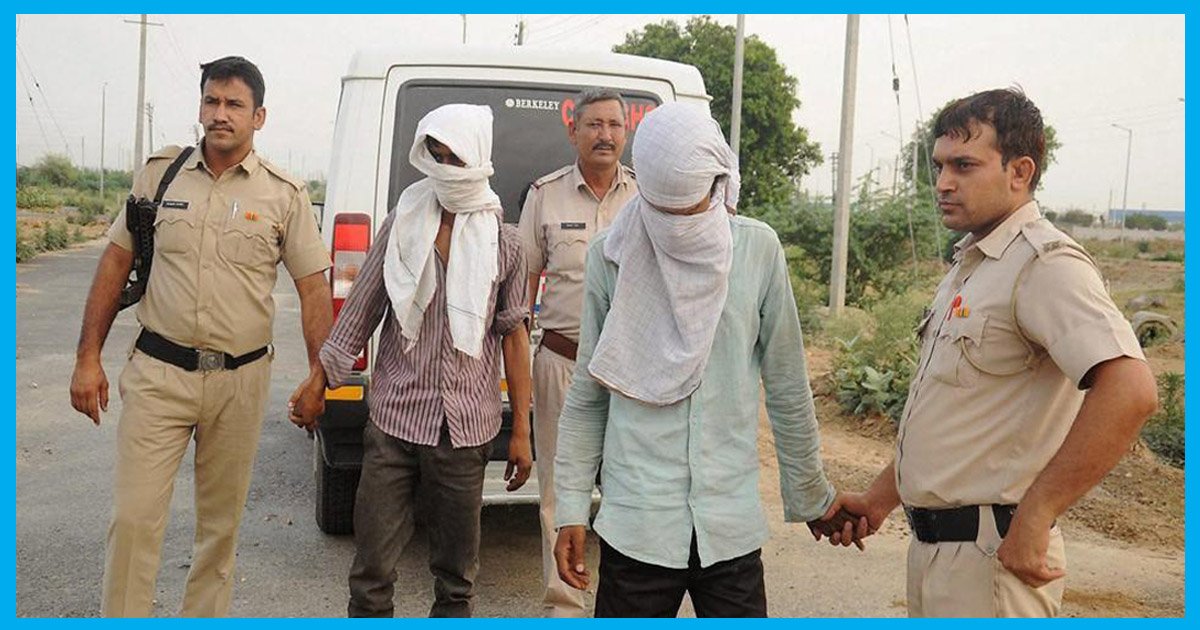
Beaten By Brick, Run Over By Car & Face Mutilated: Rohtak Woman Gang Raped By Jilted Lover & His Friends
15 May 2017 12:25 PM GMT
In 2012, thousands of protesters streamed into the heart of the nation’s capital to demand justice for Jyoti Singh who was brutally gang-raped, thrown out of a moving bus, and left to die.
Five years hence, Jyoti got the justice she deserves – the Supreme Court upheld death sentences of four of her murderers.
But what has been the effect of the protests, the outcries and the demands for justice?
Has rape in our society curbed? Has capital punishment instilled fear in the minds of those who rape?
Sadly, no.
On May 9, a decomposed and mutilated body of a 20-year old woman was found by the Haryana police in Rohtak.
Stray dogs had bitten away her face and lower body which was discovered by a passerby in an empty plot in the city’s IMT area.
The woman, a resident of Sonepat, had allegedly refused a marriage proposal of a jilted lover, Sumit, following which he reached her home a week later with his friends. She slapped him in a heated argument and as a revenge, the accused, with six of his friends, abducted her on her way to work and brutally gang raped her. They smashed her face with a brick and run her over with their car to make the body unidentifiable.
The suspects, Sumit (24) and Vikas (28) were arrested by the state police and a Special Investigation Team (SIT) contributed to investigating the case.
“The victim’s family gave the names of six more people on Saturday. A supplementary statement of the relatives has been recorded to check if those named are actually involved. Of the six, five are relatives of Sumit – the primary suspect,” Sonepat superintendent of police Ashwin Shenvi said, as reported by Hindustan Times.
Post-mortem report
The forensic report of the woman states that the cause of her death was due to a head injury as blunt force injuries and multiple wounds were found on her skull and scalp.
The report added that her face, tongue, eye, ears was totally distorted, which made the face totally unidentifiable.
What makes the brutality every more evident, is that her oesophagus was missing and sharp wounds were seen over her chest.
Her autopsy also showed that sharp objects may have been inserted into her private parts and bones of her skull were shattered into pieces.
The woman’s body was identified by her mother on the basis of her clothes.
Incidentally, her family has claimed that the police ignored a complaint lodged against Sumit much before the rape, but no action was taken. In its rebuttal, the police said that there was no written complaint and the woman’s mother had verbally told them that the main accused was harassing her with demands of dowry.
The woman’s mother has demanded that her daughter’s perpetrators be hanged.
The Logical Indian take
Just last week, the Supreme Court upheld the conviction and death penalty of Jyoti Singh’s rapists and murders. The court also upheld life imprisonment of 11 men accused in the gang rape of Bilkis Bano.
Despite the harsh punishment that rape invites, nothing stopped the seven men from brutally raping and mutilating the 20-year old Rohtak woman.
Her rape is a gruesome reminder of our society’s perception of women – as objects that are not allowed to question, only follow.
Time and again we’ve heard people blame the victim of rape for wearing ‘indecent clothes’ or stepping out late at night. But in this case, neither was she out late at night, nor was she wearing clothes that the society perceives as ‘indecent’. Her rapist was a neighbour who knew her and was in love with her.
The fact is, we live in a rape culture. Open any newspaper on any given day and multiple reports of rape or sexual assault pour out. The sheer volume of these incidents points to its acceptance by a major section of our population – as if rape were a systematic problem in our country.
We live in a society that brands women as ‘shameless’ for marrying without family consent. We live in a society that perceives women as ‘immoral’ if she has sex before marriage.
Misogyny runs so deep in us that even our abuses are sexist.
But the average rapist does not even understand the word misogyny. What he does understand is a ‘woman’s place in this world.’
For the Rohtak woman’s family, her place in this world was that of the breadwinner of the family. She was a good student who had passed her class 10 board exams but couldn’t continue her studies due to financial constraints. She had left her education to work in a pharmaceutical company where she made Rs 4000 a month.
But her dreams and aspirations, along with those of her family, were crushed the moment her rapist thought of her as nothing more than an object that cannot have a voice.
The reason for rapes in India is the paradigm shift in women’s status in the society. Sexual violence occurs because a certain section of men in our population cannot handle the loss of power and authority.
Though punishment is necessary, rape and any other form of sexual violence can only be curbed with education and awareness from the grassroot level.
 All section
All section













